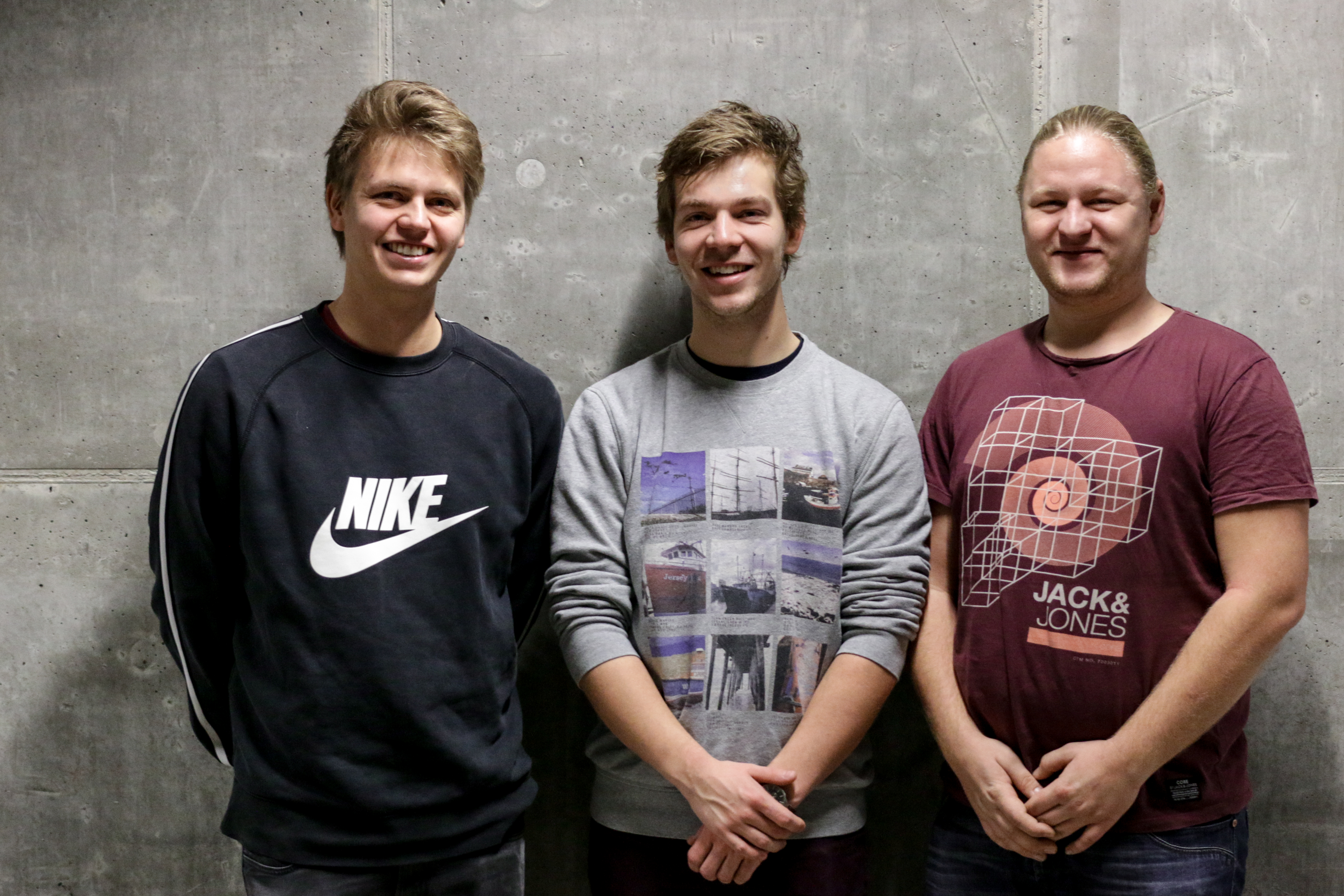Aarhus engineers build mega-sized quantum problems
A bunch of bachelor students from Mechanical Engineering at Aarhus University are in full swing building a physical version of a very special computer game. They hope to get lots of people to play the game – because this is the only way to finish off the monster computer hidden away in the basement below the university.

In the basement at Aarhus University, work has been under way for a long time on building an incredibly complicated computer – a quantum computer – the next generation of computers. In a split second, they could solve problems that are impossible to address today.
To reach the target, however, the project needs an important component, requiring the help of a load of ordinary people – intuition. For this purpose, the quantum physicists at the university have developed a computer game called Quantum Moves, and the university’s engineers are now in the process of building a physical version.
The game involves a cup filled with liquid, and the idea is to move it from A to B as efficiently and quickly as possible, bypassing some obstacles without letting the liquid spill over. Does that sound complicated? Maybe not initially, but it is actually a computational hell, and even the most powerful computers today are unable to find a solution. The liquid consists of atoms – the smallest building blocks in the universe – and they slosh around in the cup almost like water. And sloshing around is no use at all when it is precisely these incomprehensibly small building blocks that the computer uses to store data.
The physical version that the students at AU Engineering are now building is virtually identical with the game, except that the cup filled with atoms is considerably larger, and the player uses a Wii controller to move the cup around.
“If you try to take the fastest route with the cup, you risk losing a lot of water, compared with accelerating slowly and moving in soft curves. The quantum mechanical equations that are fundamental to the actual computer we’re building at Aarhus University are naturally considerably more complex than both the computer game and the physical representation. However, by taking readings of the intuitive choices people make to get through the game, we can get closer to solving the task of actually building the quantum computer,” says Associate Professor Claus Melvad, AU Engineering, Aarhus University.
The aim of the physical realisation of the game is to exhibit the fact that the computer game is actually a ‘citizen science’ project. This means asking citizens to help solve scientific problems because the computers of today do not have the same intuitive skills that people do.
“It’s all about getting children and adults interested in taking part, because the more we get to play the game, the faster we can solve the computational challenges we’re faced with when building the quantum computer,” says Associate Professor Jacob Sherson, Department of Physics and Astronomy, Aarhus University.
